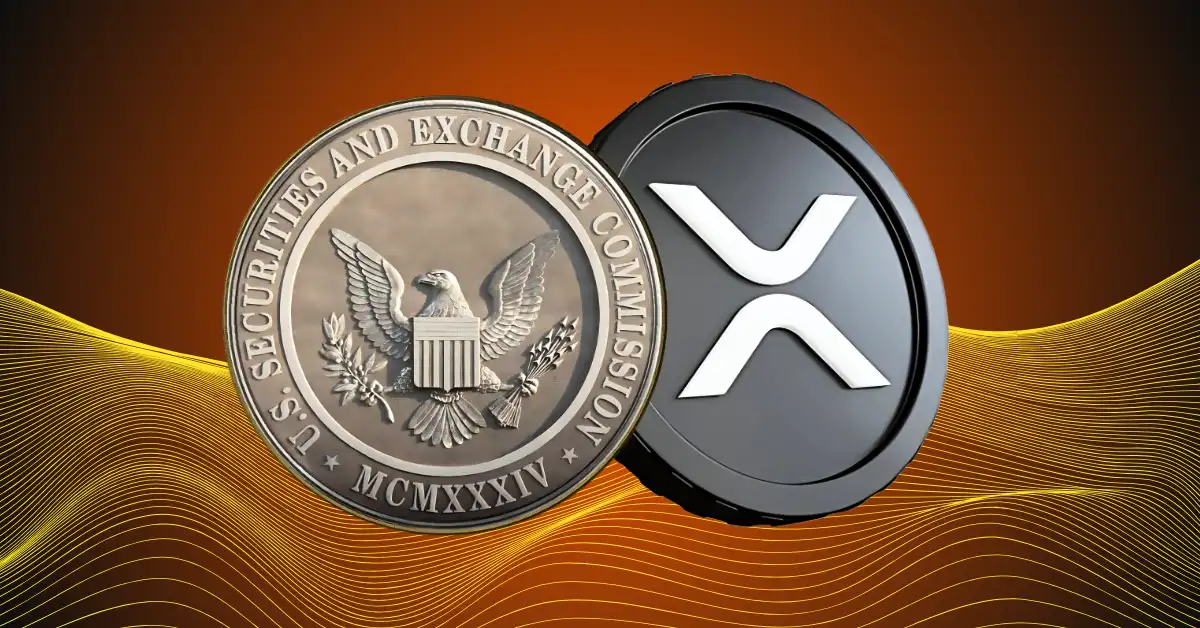
The Ripple-SEC Settlement: A Turning Point for Crypto Regulation
After years of legal trench warfare, the U.S. Securities and Exchange Commission (SEC) and Ripple Labs have finally called a ceasefire in one of crypto’s most consequential courtroom battles. The December 2020 lawsuit—filed literally on then-SEC Chair Jay Clayton’s last day in office—accused Ripple of raising $1.3 billion through unregistered securities sales via its XRP token. For an industry starving for regulatory clarity, this settlement isn’t just a truce; it’s the demolition of a major roadblock.
The Lawsuit That Shook Crypto
This wasn’t just some niche legal skirmish—it was a full-blown regulatory reckoning. The SEC’s core argument? That XRP was an unregistered security, putting Ripple in violation of investor protection laws. Ripple fired back, insisting XRP functioned as a currency, not a security, and thus fell outside the SEC’s jurisdiction. The case became a litmus test for how regulators would treat digital assets, leaving the entire crypto market in suspense.
The resolution under Gary Gensler’s SEC marks a seismic shift. With multiple crypto-related cases being dismissed or settled under the Biden administration, the regulatory landscape is clearly evolving. And let’s not ignore the irony: a lawsuit born in the Trump era’s regulatory fog is finally clearing up just as crypto gains unprecedented political support.
XRP’s Second Wind: ETFs and Market Rebound
Now that the legal dust is settling, XRP’s future looks brighter than ever. One immediate effect? The odds of an XRP exchange-traded fund (ETF) just skyrocketed. Prediction markets now peg an XRP ETF approval at 82% by 2025, thanks to the newfound regulatory clarity. If approved, this could send XRP’s price soaring—possibly toward $1.50 or even beyond its all-time high.
Ripple’s CEO, Brad Garlinghouse, isn’t wasting time. While an IPO isn’t the top priority, the company is laser-focused on expanding banking partnerships and pushing for that XRP ETF. With cross-border payment solutions at the core of Ripple’s business, the end of this lawsuit means fewer legal headaches and more room for growth.
Broader Implications: A Blueprint for Crypto Regulation?
The Ripple-SEC settlement isn’t just a win for XRP holders—it’s a watershed moment for crypto regulation. For years, projects operated in a gray zone, unsure whether their tokens would be classified as securities. This case provides much-needed clarity, setting a precedent that could influence future SEC actions.
The ripple effects (pun intended) extend beyond just legal technicalities. With regulatory uncertainty diminishing, institutional investors may finally feel comfortable diving deeper into crypto. More importantly, it signals that dialogue between regulators and crypto firms—rather than endless litigation—could be the way forward.
What’s Next for Crypto?
The crypto industry has long been stuck in regulatory purgatory, but this settlement could be the key to breaking free. Whether it’s clearer guidelines for token classification or smoother paths for ETFs, the Ripple case has opened doors that seemed permanently locked.
For Ripple, the focus now shifts to innovation and adoption. For the broader market, it’s a sign that regulation and growth aren’t mutually exclusive. And for crypto skeptics? Well, they might just have to accept that digital assets aren’t going anywhere—except, possibly, to the moon. 🚀




发表回复